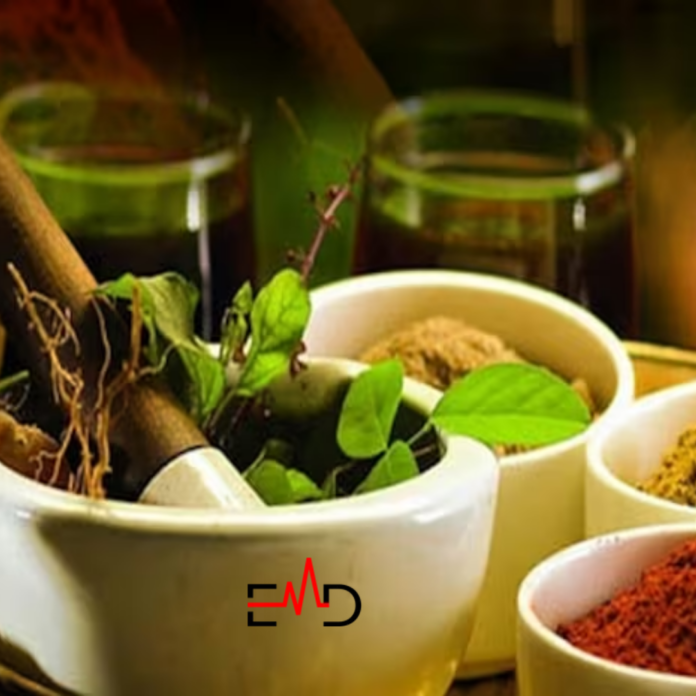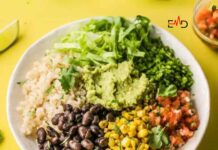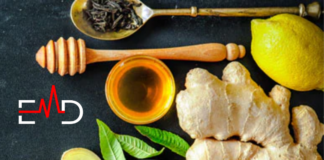Exercise Daily – For centuries, long before the rise of modern medicine, communities worldwide have relied on a rich tapestry of traditional remedies to heal and restore balance. These practices passed down through generations, represent a vast reservoir of knowledge about the healing properties of plants, minerals, and everyday household items.
Think of it as a whisper through time, a symphony of shared experiences woven into the fabric of cultures. From the fragrant spices of the East to the earthy herbs of the Americas, each region boasts its unique blend of remedies, reflecting the land, the people, and their way of life.
But hold on, this isn’t just about dusty old folklore or grandma’s mysterious concoctions in the back of the pantry. Traditional remedies are experiencing a global resurgence, finding new life in a world increasingly seeking natural alternatives to modern medicine.
So, grab your curiosity and a sense of adventure because we’re about to journey through some of the most fascinating and effective traditional remedies worldwide!
Africa: Harnessing the Power of Nature
The cradle of humanity, Africa pulsates with vibrant natural diversity, and its traditional medicine practices tap into this abundant power. Let’s take a peek at three gems from this vast continent:
1. Ethiopia’s Tej
This honey wine isn’t just a delicious beverage; it’s also revered for its medicinal properties. Made from fermented honey and gesso (a wildflower), tej boasts antimicrobial and immune-boosting qualities. Imagine sipping on this golden elixir, a taste of tradition warming your soul with every sip.

2. South Africa’s Rooibos
This humble herb, renowned for its antioxidant punch, is a South African treasure. From soothing stomach woes to calming the nerves, rooibos packs a powerful natural punch. Picture yourself brewing a comforting cup, its ruby red hue promising a moment of pure tranquility.
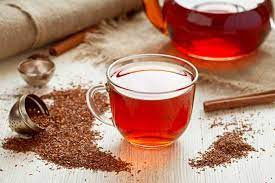
3. Mali’s Dogon Mud
might sound unorthodox, but hear me out! Dogon mud, rich in minerals and therapeutic clays, finds its way into various traditional remedies. Soaked in water, it can be used as a poultice for wounds or ingested for digestive issues. It’s a testament to the ingenuity of harnessing nature’s bounty for healing.
Asia: A Fusion of Herbs and Philosophy
Asia, a continent steeped in ancient wisdom and diverse traditions, offers a treasure trove of herbal remedies and holistic healing practices. Let’s explore three highlights:
1. India’s Ayurveda
This ancient science, meaning “the science of life,” promotes a holistic approach to wellness. From personalized herbal concoctions to rejuvenating massages, Ayurveda treats the body, mind, and spirit as interconnected. Think of it as a symphony of natural remedies orchestrated to restore balance and harmony.
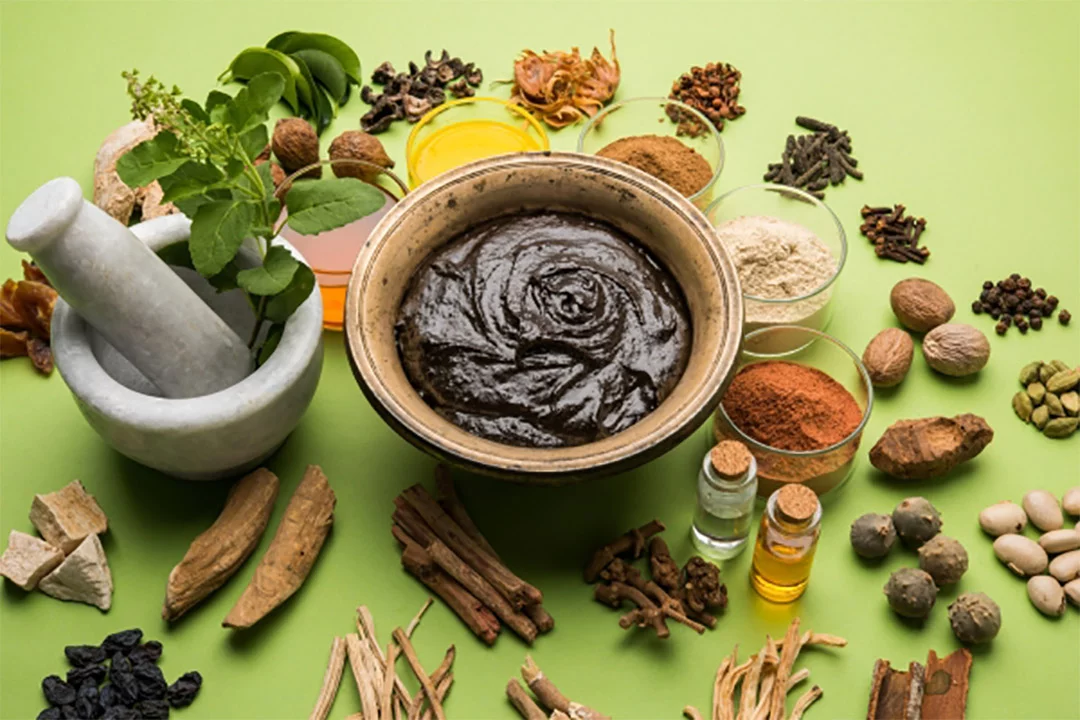
2. China’s Traditional Medicine
With a history stretching back millennia, Chinese Traditional Medicine employs various techniques like acupuncture, herbal remedies, and dietary therapy. Imagine tiny needles gently tapping into energy points, restoring the flow of qi (life force) and promoting internal harmony.
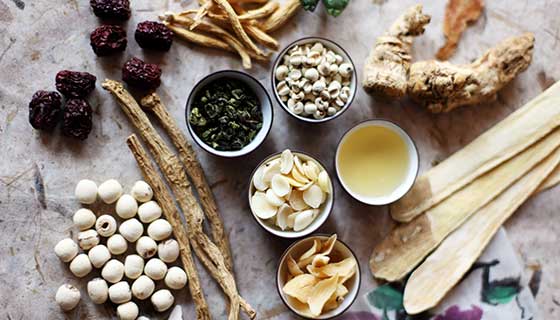
3. Japan’s Shiatsu
This gentle massage therapy applies pressure to specific points on the body to relieve tension and promote relaxation. Picture yourself lying comfortably, fingers and palms working their magic, easing away stress and inviting a wave of tranquility.
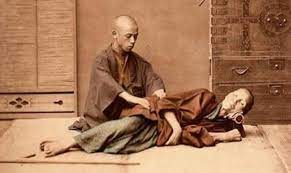
Europe: From Folklore to Modern Medicine
Even the cobbled streets of Europe whisper tales of traditional remedies, some of which have found their way into modern medicine. Let’s raise a toast to three such gems:
1. Germany’s Sauerkraut
This fermented cabbage dish isn’t just a delicious sausage accompaniment; it’s a probiotic powerhouse! Packed with gut-friendly bacteria, sauerkraut aids digestion and boosts the immune system. Imagine crunching into that tangy delight, knowing it’s tasty and actively nourishing your microbiome.

2. Hungary’s Paprika
This vibrant spice isn’t just for adding a fiery kick to goulash; it’s also a natural anti-inflammatory. Studies suggest paprika’s active ingredient, capsaicin, can ease joint pain and reduce inflammation. So, sprinkle some paprika magic on your dishes, knowing it’s good for your body, too.
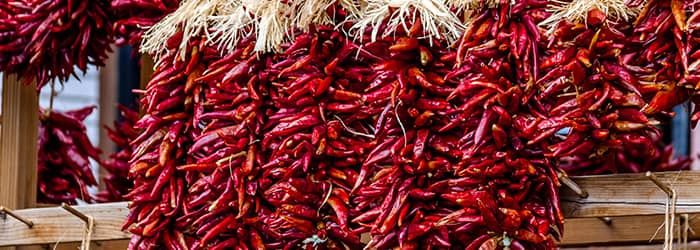
3. Iceland’s Hákarl
Okay, this one might push your boundaries! Hákarl is fermented shark meat, a traditional Icelandic delicacy with an intense aroma and an acquired taste. While not for the faint of heart (or stomach!), it’s said to possess medicinal properties, aiding digestion and boosting the immune system. If you dare to venture into extreme culinary adventures, Hákarl awaits the brave!

The Americas: Ancient Wisdom from North to South
The vast tapestry of traditional remedies continues to weave across the Americas, where centuries of indigenous knowledge hold the key to potent herbal cures and healing practices. Let’s embark on a journey across the continent:
1. Peru’s Maca
This humble root, revered by the Incas as a gift from the gods, packs a powerful punch. Maca boasts energy-boosting and libido-enhancing properties, making it a natural aphrodisiac and fatigue fighter. Imagine invigorating your day with a maca smoothie, the ancient energy of the Andes flowing through your veins.

2. Mexico’s Chamomile
This soothing herb, synonymous with calming teas and restful nights, originates in the Mexican tradition. From easing anxiety to aiding digestion, chamomile whispers comfort in every cup. Picture yourself curled up with a steaming mug, its delicate aroma lulling you into a state of serenity.

3. North America’s Native American Traditions
From the immune-boosting powers of Echinacea to the cleansing properties of sage, Native American traditions offer a wealth of herbal wisdom. Imagine connecting with the spirit of the land through these plant-based remedies, honoring the knowledge passed down through generations.
Bridging the Gap: Traditional Remedies in the Modern World
As the lines between ancient wisdom and modern science blur, traditional remedies find their place in a global conversation about health and well-being. But this integration comes with its own set of considerations:
- Integrating Traditional Practices with Modern Medicine: Combining the strengths of both worlds can lead to holistic and personalized healthcare plans. Imagine working with a healthcare practitioner who understands both traditional remedies and modern medicine, crafting a treatment plan that addresses your unique needs.
- Concerns and Cautions: Safety and efficacy are paramount. Not all traditional remedies are harmless, and some may interact with medications. Research and consult with a healthcare professional before starting any new treatment regimen.
- The Future of Traditional Remedies: Sustainability and responsible sourcing are crucial. Using ethically sourced ingredients and protecting biodiversity is essential for ensuring the future of these practices. Imagine a world where traditional remedies thrive alongside modern medicine, contributing to a healthier and more sustainable future.
Conclusion
From the fragrant herbs of Asia to the ancient wisdom of the Americas, the world of traditional remedies is a treasure trove waiting to be explored. It’s a reminder that healing often lies not just in pills and potions but in the wisdom of our ancestors, the bounty of nature, and the connection we forge with our bodies and the world around us.
So, open your mind, embrace the whispers of the past, and embark on your journey through the fascinating world of traditional remedies. You might just be surprised at what you discover!
FAQs – Traditional Remedies from Around the World
Q: Are traditional remedies safe to use?
A: While many traditional remedies boast a long history of safe use, it’s important to exercise caution. Not all remedies are harmless, and some may interact with medications. Consult with a healthcare professional before trying any new remedy, especially if you have any underlying health conditions or are taking medication.
Q: Can traditional remedies replace modern medicine?
A: Traditional remedies should not be seen as a replacement for modern medicine. They can be valuable complementary therapy but should not be used to treat serious or chronic conditions. Always consult with a healthcare professional for proper diagnosis and treatment.
Q: How can I find a reputable practitioner of traditional medicine?
A: Do your research! Look for practitioners who are qualified and certified in their field. Ask for recommendations from friends, family, or your healthcare professional. Make sure the practitioner takes a holistic approach to health and listens to your individual needs.
Q: Can I grow my herbs for traditional remedies?
A: Absolutely! Many herbs used in traditional remedies can be easily grown in a backyard garden or on a sunny windowsill. This is a wonderful way to connect with nature and have fresh, readily available ingredients for your homemade remedies. Start with basic herbs like chamomile, mint, or basil, and explore more exotic options as your confidence grows.
Q: How can I support the preservation of traditional healing practices?
A: Seek out products from sustainable and ethical sources. Choose organic herbs and ingredients whenever possible. Consider supporting organizations that work to empower communities and preserve traditional medicinal knowledge. By making conscious choices and engaging in sustainable practices, you can help ensure that these time-honored traditions thrive for generations.
Q: What are some resources for learning more about traditional remedies?
A: There are many excellent resources available online and in libraries. Check out books, websites, and documentaries on practices like Ayurveda, Traditional Chinese Medicine, or Native American herbalism. Look for reputable sources and organizations that preserve and promote traditional healing knowledge.


